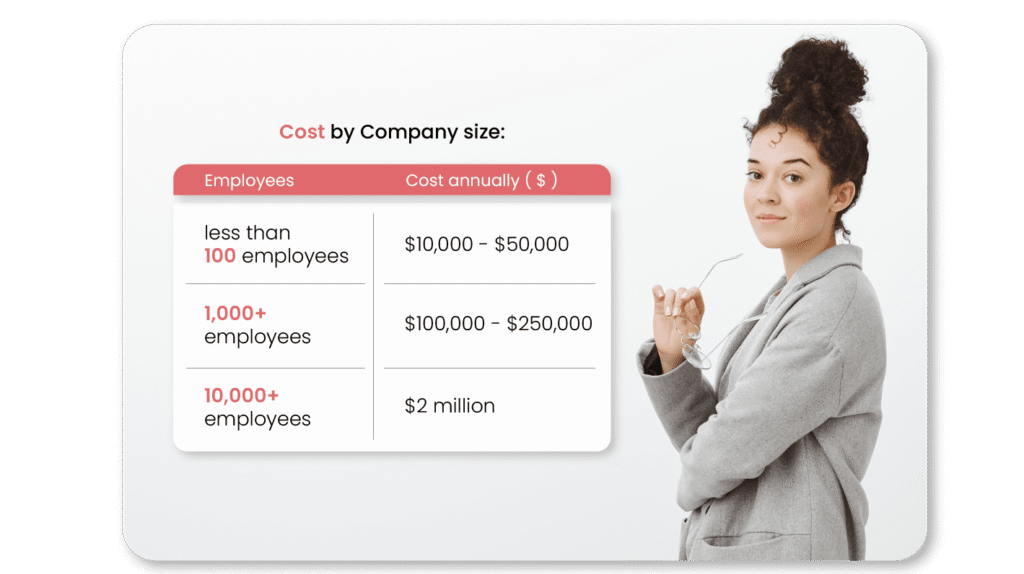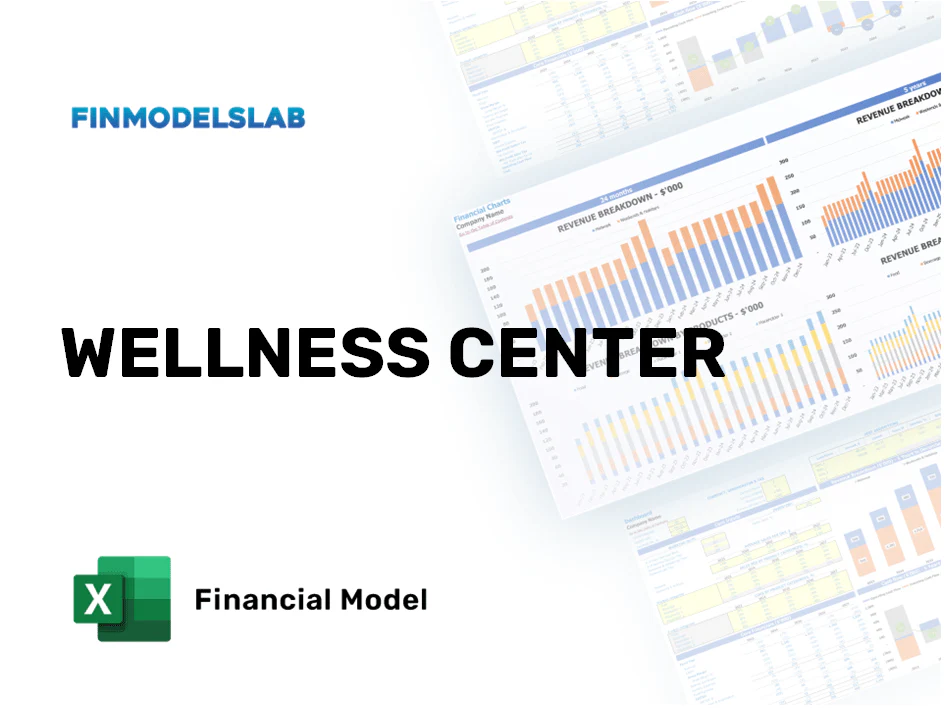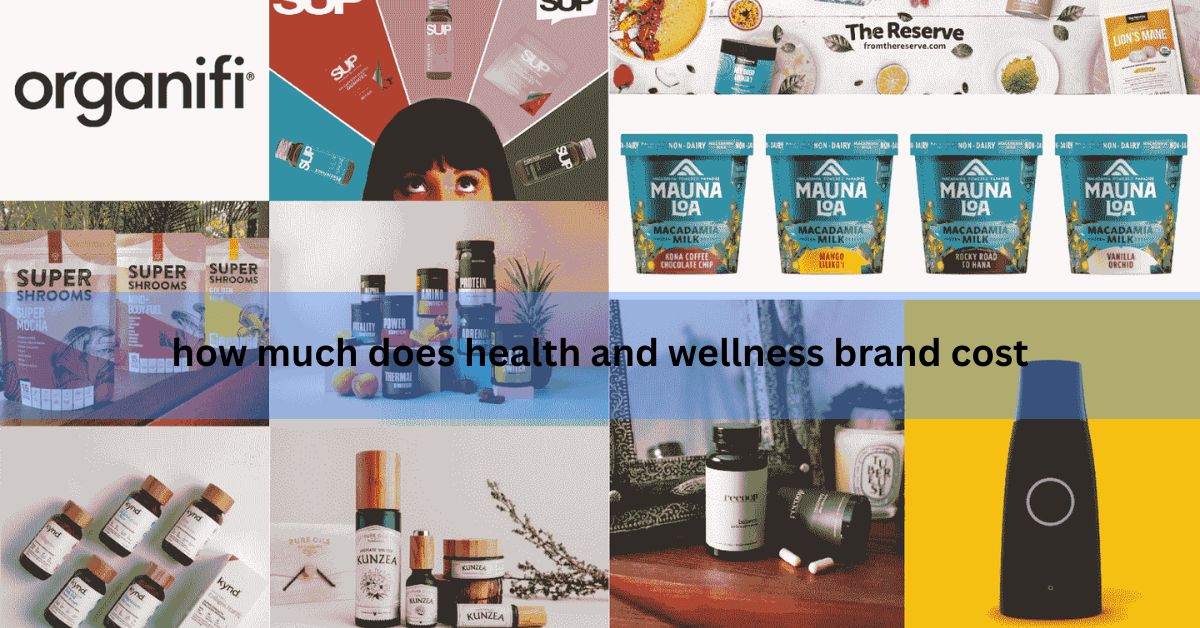How Much Does a Health and Wellness Brand Cost – A Complete Investment Breakdown!
The U.S. health and wellness industry is booming, with growing interest in fitness, nutrition, and holistic well-being. As more entrepreneurs enter the market, a key question remains: what does it cost to launch and run a wellness brand?
Launching a health and wellness brand involves various costs based on factors like brand type, product line, target audience, sourcing, certifications, marketing, and regulations. This guide breaks down typical expenses to help you make informed decisions whether you’re starting fresh or investing in an existing brand.
Understanding the Health and Wellness Market Landscape:
How Much Does a Health and Wellness Brand Cost? Before we dive into numbers, it’s essential to understand the current market landscape. The global wellness economy is valued at over $5 trillion, with the U.S. leading in sectors like fitness, personal care, supplements, and digital wellness solutions.
Wellness is no longer limited to gyms or green juices—it now includes mental health apps, wearable tech, wellness retreats, CBD products, and personalized nutrition.
Your brand cost will largely depend on:
- Your niche (e.g., skincare vs. supplements vs. digital wellness)
- Whether you’re building a brand from scratch or purchasing an existing one
- The scale of operations (local, national, or global)
- Product development and R&D intensity
- Certification and regulation requirements (FDA, USDA Organic, NSF, etc.)
How Much Does It Cost to Start a Health and Wellness Brand?

1. Brand Development Costs
Every successful wellness brand begins with a solid identity. This includes:
- Logo Design: $500–$5,000
- Brand Strategy Consultation: $2,000–$15,000
- Website Development: $3,000–$25,000
- Brand Messaging & Content: $1,000–$10,000
You might choose to DIY with platforms like Canva and Shopify, or you can hire creative agencies to craft a premium, professional look.
2. Product Development and Manufacturing
This is often the largest cost area, depending on the type of product you offer.
For Supplement Brands:
- Formulation and Lab Testing: $10,000–$50,000+
- Initial Inventory Production: $15,000–$100,000+
- Packaging Design & Production: $5,000–$30,000
- Certifications (NSF, GMP, etc.): $3,000–$10,000 annually
For Skincare/Cosmetic Brands:
- Ingredient Sourcing: $2,000–$10,000
- R&D for Custom Formulations: $15,000–$75,000+
- Label Compliance (FDA): $1,000–$3,000
3. E-commerce & Technology Infrastructure
A digital-first approach is standard in wellness. You’ll likely need:
- E-commerce Platform (Shopify, WooCommerce): $29–$299/month
- App Development (if needed): $10,000–$100,000+
- Subscription Management System: $500–$5,000 setup
Also Read: What Are The Terms Under Health Halo -Common Terms And How To Navigate Them!
4. Marketing & Advertising
Launching your brand successfully requires strong digital marketing, influencer partnerships, and content production.
- Influencer Partnerships: $1,000–$50,000+
- Social Media Advertising (Facebook, Instagram, TikTok): $2,000–$20,000/month
- Email Marketing Software: $50–$500/month
- Content Creation (photos/videos): $2,000–$10,000+
5. Legal, Licensing, and Compliance
Every health product must adhere to government standards.
- Trademark Registration: $275–$1,000
- LLC or Corporation Setup: $500–$2,000
- FDA/FTC Compliance Consulting: $2,000–$10,000
- Insurance (Liability/Product Insurance): $1,500–$5,000/year
6. Distribution and Logistics
- Warehouse or Fulfillment Service: $2,000–$20,000/month
- Shipping Costs (U.S. Domestic): Variable – often 10%–15% of product price
- Inventory Management Software: $100–$500/month
How long does it take to break even?
Breaking even typically depends on your initial investment, fixed and variable costs, and revenue. For small businesses, it can take anywhere from 6 months to 2 years. Accurate tracking of expenses and consistent sales are key to reaching the break-even point.
What’s the biggest cost mistake wellness startups make?

The biggest cost mistake wellness startups often make is overspending on branding and aesthetics before validating product-market fit.
1. Spending too much on design, not enough on data
Many wellness startups invest heavily in high-end packaging, a sleek website, and influencer campaigns before confirming whether their product or service truly solves a real need or has demand in the market. While branding matters, doing it too early means you’re polishing something that might not work.
2. Neglecting lean startup principles
Wellness founders are often passionate visionaries—but that passion can cloud financial judgment. Instead of testing with minimal viable products (MVPs), they launch with a fully built-out offering, burning through capital that could’ve gone to customer acquisition or iteration based on feedback.
3. Underestimating customer acquisition cost (CAC)
A beautiful brand won’t automatically attract customers. Many startups fail to accurately calculate or control CAC and end up spending too much too soon on ads and partnerships without a sustainable growth engine in place.
4. Hiring too soon
Founders sometimes hire a full marketing team, a PR agency, or in-house wellness experts before the business has the revenue to support it. Fixed costs skyrocket without clear ROI, creating cash flow strain.
Buying an Existing Health and Wellness Brand: Costs and Considerations
If you choose to buy an existing brand, costs will vary depending on factors like:
- Revenue performance
- Profit margins
- Brand equity and recognition
- Online traffic and customer base
- Existing contracts (with suppliers, distributors)
Estimated Cost Ranges:
- Small boutique wellness brand: $50,000–$200,000
- Established D2C brand: $500,000–$2 million+
- Top-tier brand with retail placement: $5 million–$50 million+
Due diligence, legal vetting, and third-party valuations are critical in this process.
Factors That Significantly Impact Brand Cost:
Product Complexity
A wellness app or yoga studio might have lower startup costs than a certified supplement line, which requires R&D, testing, and approvals.
Customization Level
White-labeling (using pre-formulated products with your label) is cheaper but offers less control. Custom-formulated products are expensive but create more unique branding opportunities.
Target Market
Serving luxury consumers or athletes will demand higher-end packaging, certifications, and experiences—all of which drive costs up.
Growth Stage Goals
Are you bootstrapping a local brand or building a venture-capital-ready DTC empire? Your upfront investment needs to align with your business vision.
FAQ’s:
1. How much does it cost to start a basic wellness brand?
A basic wellness brand—such as a simple supplement or skincare line—can start with an initial investment between $30,000 to $100,000, depending on the level of customization and certifications required.
2. What is the cost of a premium health brand targeting affluent consumers?
Premium brands that cater to high-end consumers often invest $250,000 or more, especially for luxury packaging, exclusive ingredients, and aggressive marketing campaigns.
3. Is it cheaper to buy an existing wellness brand?
Buying a brand can be more expensive upfront but saves time. Costs typically range from $50,000 for smaller brands to millions for top-tier operations with strong market share.
4. Are white-label health products more affordable?
Yes. White-labeling significantly reduces costs by avoiding formulation and manufacturing setup fees. Startups can launch with as little as $10,000–$20,000, but face stiffer competition.
5. How long does it take to break even?
It usually takes 12–24 months for a wellness brand to break even, depending on product pricing, margin, and marketing efficiency.
6. Can I launch a brand as a solo entrepreneur?
Absolutely. Many brands begin with a solo founder managing freelancers or agencies. Tools like Shopify, Canva, and social media automation help reduce staffing costs early on.
Final Thoughts:
How Much Does a Health and Wellness Brand Cost? Launching or buying a health and wellness brand involves a multi-faceted investment, often ranging from $30,000 on the low end to over $500,000 for more complex businesses. Your actual cost will depend on how ambitious your goals are and whether you plan to build or buy.
Read More:






